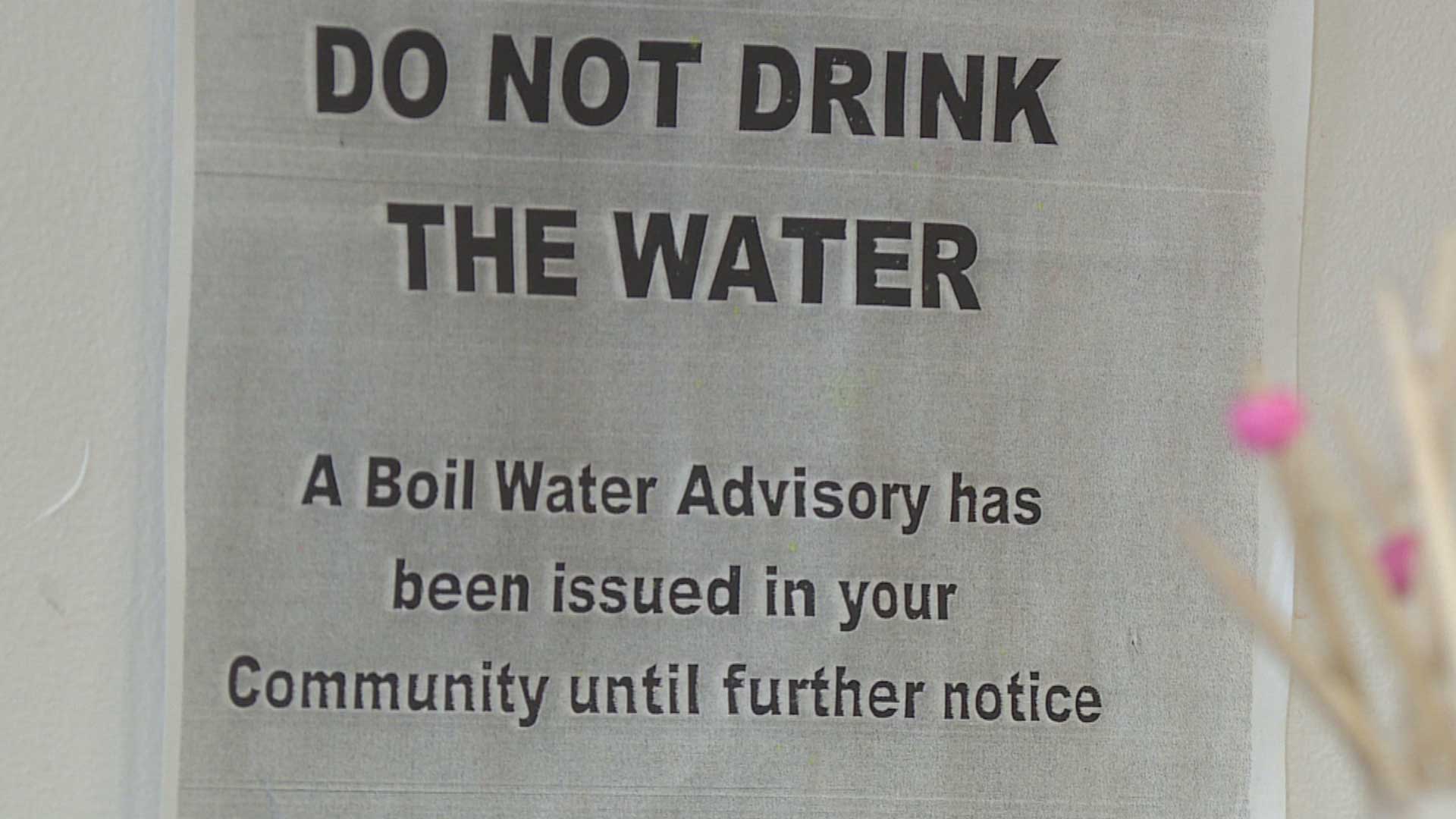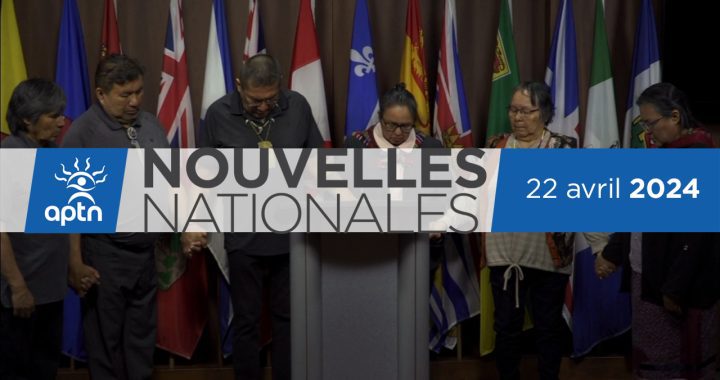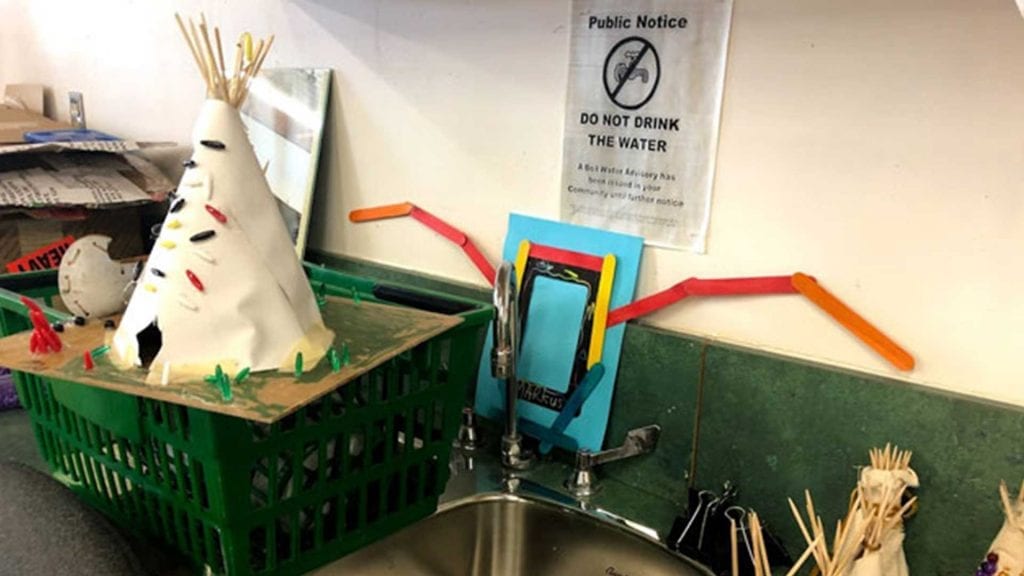
Photo: APTN
Editor’s Note: This is story is in partnership with major media outlets including APTN News that have connected through the Institute for Investigative Journalism (IIJ) to carry out investigations in the public interest.
First Nation members under the longest boil water advisory in Canadian history, will have to wait another three weeks to return home and even then won’t have clean drinking water, according to their chief.
Some members of Neskantaga First Nation were forced to flee in October because of the ongoing crisis.
The fly-in Oji-Cree community 430 km northeast of Thunder Bay, has been under a boil water advisory for 25 years and was at the poster child of the federal Liberal’s promise to resolve all long-term boil water advisories on First Nations – a promise they have now admitted won’t be fulfilled by 2021 as targeted.
Late last week the federal government agreed to the community’s demand for an “immediate investigation” into the conduct of contractors and engineering companies that worked on upgrading the community’s new water treatment system – a project that was to eliminate the need for boiling water.
“I’ve just given a report yesterday that repatriation will not happen until Dec. 2, ” said Chris Moonias, chief of Neskantaga First Nation, but said when community members do return it will be to a do not consume advisory which means water can only be used for things like flushing toilets and doing laundry.
Do not consume advisories are actually worse than a boil water advisory because it means whatever is contaminating the water, can’t be boiled out.
“It’s not acceptable to me at all. I’m not going to settle for that,” said Moonias.
Over 250 members of Neskantaga First Nation have been displaced for weeks after an oily substance was found in the water reservoir forcing a plant shut down leaving community members without running water.
A letter from the Minister of Indigenous Services Marc Miller obtained by APTN News and Concordia University’s Institute for Investigative Journalism (IIJ) confirmed the substance was a “non-toxic mineral oil” and that the existing distribution pump in the reservoir was the source.
“(Matawa First Nations Management) is working with their environmental public health officer to discuss requirements for a flushing program and possible super chlorination of the existing distribution system and plumbing in homes,” Miller said in the letter addressed to Moonias.
The letter said officials hope to have running water in the community by Nov. 12 and clean water running to the community by Dec. 11, just a month away.
The minister’s office clarified by email that they expect the 25-year water advisory could be lifted as early as Dec. 11 but that the Matawa First Nations Management Environmental Public Health Officer is responsible for issuing the recommendation to chief and council to lift the advisory.
Moonias said the dates keep changing, “ I don’t think that’s going to meet the timelines that minister Miller has indicated.”
Calls for an investigation
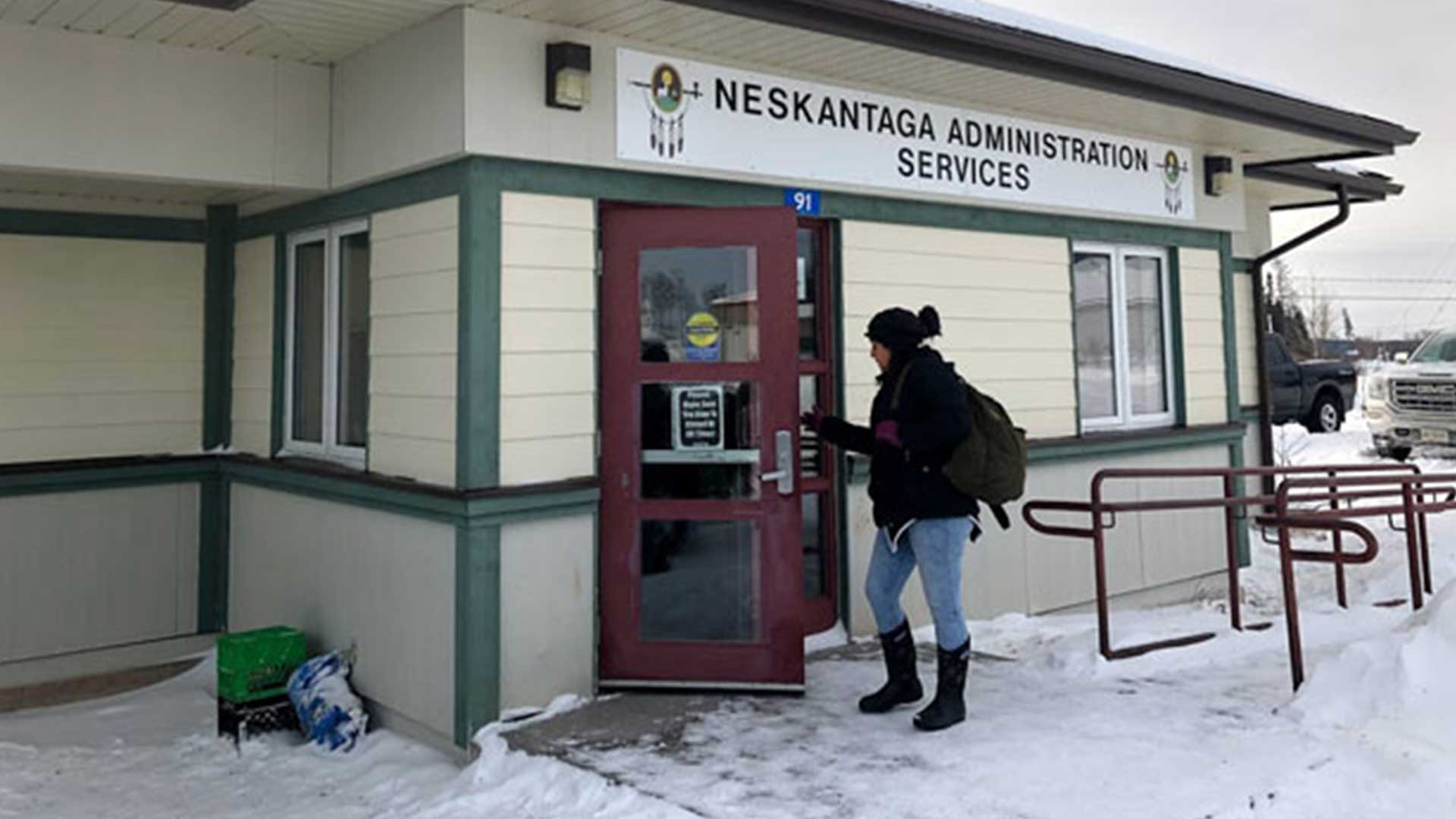
Amidst the evacuation, the community has called for an investigation into the firms which have been paid to fix the problems they are facing with their water system.
According to Moonias the community has long said that the design of the water distribution system has led not only to the current water crisis, but problems going back years.
“We’ve always maintained the fact that the design is flawed, the design doesn’t work and we’ve always maintained the fact that it’s something that we didn’t want to agree to,” Moonias said.
In early November Moonias said on Facebook, “the government always says they have spent $16M towards the Water Treatment Plant. The community does not get the money directly but goes towards project management, engineers, contractors, sub-contractors etc …”
In a list of demands issued by the community Neskantaga leadership called for “an immediate investigation into business practices of contractors, engineering companies, etc.”
“The reason why I requested it is, you know, this has been ongoing for 25 years,” said Moonias, ”you don’t need a rocket scientist to question why.
“My community members are being used as pawns,” said Moonias, “our lives are being played with.”
The First Nation issued several other demands including that running water be available 24/7 before returning to the community and that an evaluation be conducted of contributing factors to the current water and public health crisis.
Community members are currently being housed at hotels in Thunder Bay.
“We’re tired and we want to go home. And it’s been it’s been very difficult for my community members,” said Moonias.
He said in the meantime the community members are experiencing mental health issues and have fears about rising COVID-19 case numbers in Thunder Bay. One youth was recently injured and is in hospital.
Problems early on
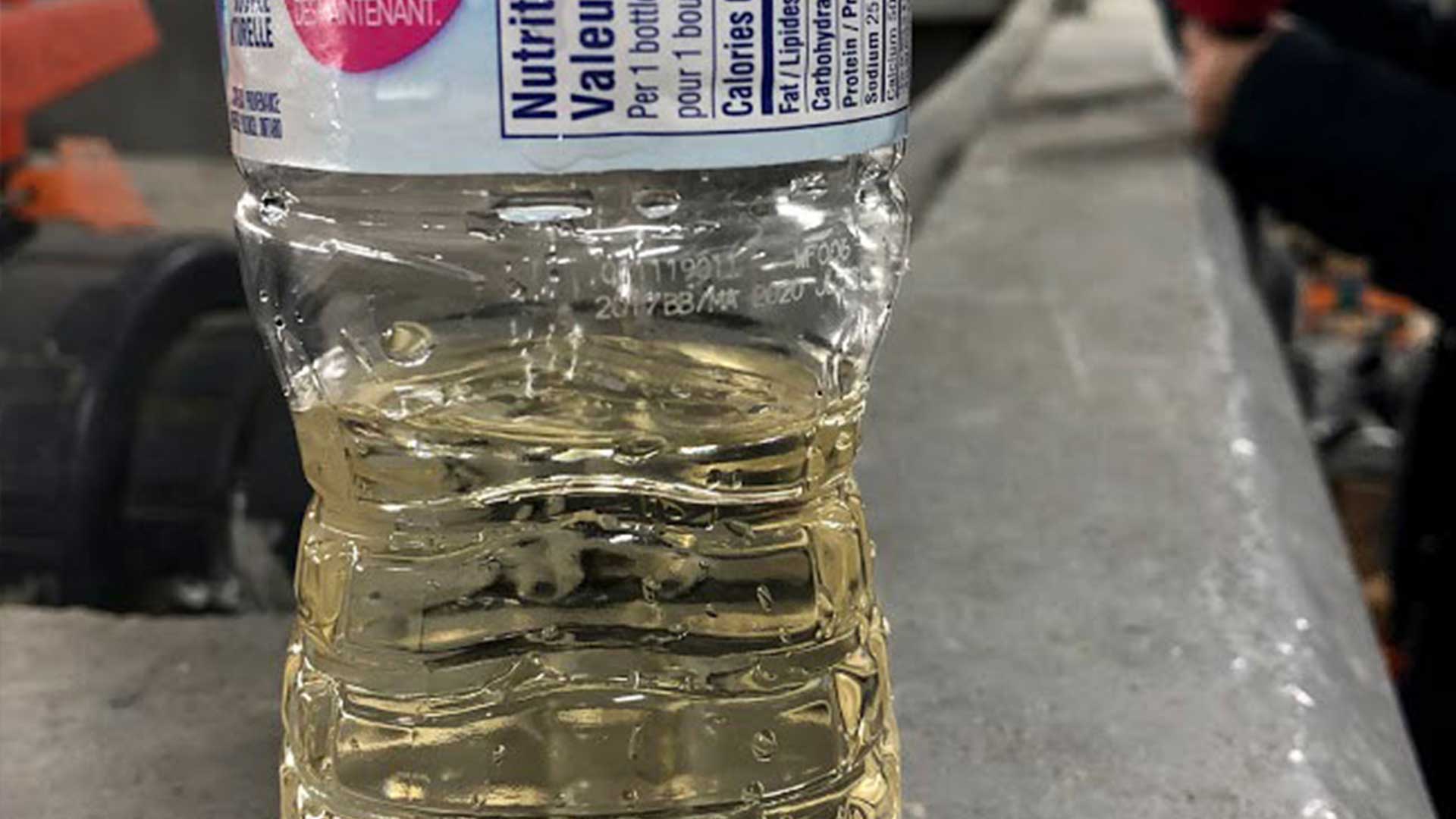
Neskangtaga’s original plant was built in 1993 and had problems from the start. The boil water advisory still in effect today began just two years after construction in February 1995.
Moonias said Indigenous Service forced the “flawed” design on the community over 25 years ago.
The plant and distribution system was originally designed in 1991 by R.J. Burnside & Associates Ltd.
The division of that company which now works with First Nations is Neegan Burnside Ltd..
Its president, Cory Jones, said that at the time of the design, standards were different in Ontario, but believes the system received a certificate of approval from the Ministry of the Environment. He said he is aware of the ongoing issues with the plant but does not know the nature of the problem.
“Given the seriousness of the longstanding problems faced by the community, these concerns definitely warrant further investigation,” he said. Jones said his company would be willing to participate.
Kingdom Construction Limited (KCL) based in Ayr, Ont., was hired to construct the upgrades to the water treatment plant, originally due to be completed in May, 2018.
After an eight-month delay, the community terminated the contract and KCL left the job site in February 2019.
The chief and lawyers for the community said they are unable to comment on the reasons for the termination of the contract because it is currently part of ongoing litigation.
Pursuant to the contract, the parties involved are meant to work matters out through binding arbitration which is a process overseen by an arbitrator rather than through the courts. The minister’s office also declined to comment on the reasons for the termination.
“It’s ongoing. There’s been no resolution and we’re moving forward through the process,” said Evan Juurakko of Eriksons LLP, a lawyer for the community.
Read More: Water issues in Neskantaga First Nation
Gerald Landry, president of Kingdom Construction Limited said he didn’t know why the community was calling for an investigation.
“I think it’s a distraction myself,” Landry said. “Numerous” design problems ended up delaying the project but at the time of his company’s termination they were five or six weeks away from completing work. He said nearly two years later he still doesn’t know why they were asked to leave.
“Kingdom are experts in the water and wastewater field, we’re not beginners and we’re not fly by night companies working out of our garage,” said Landry.
JR Cousin Consultants Ltd. was hired to design upgrades to the system but declined comment due to ongoing legal proceedings. Razar Contracting Services Ltd has taken over work on the treatment plant. It also declined to comment on the investigation or their work in the community.
Work was expected to be completed this fall but despite a $16.4 million total investment by Indigenous Services for the upgrades to the water distribution system and wastewater collection system, the community remains unable to access clean water.
Moonias said while work on the treatment plant is complete, it requires a 14 day test which can not be done until issues with the distribution system have been solved.
“It’s clogged and broken, because there’s water leaking somewhere that prevents the reservoir from coming up,” said Moonias. “We needed a new plant, we needed a new distribution system, but right now, we are being offered band-aid solutions.”
Redoubling efforts
Miller said in the Nov. 6 letter to the community Ottawa will support an investigation into contractors and engineering firms.
“We agree that this is important and would like to work with you and other communities and organizations to undertake this,” Miller said.
In an email to Global News and the IIJ, the minister’s office said officials are working with Matawa First Nations Management and Neskantaga chief and council to establish the terms of reference for the investigation noting a third party paid for by ISC will be hired to carry out the investigation.
The department will also fund an assessment of the factors which have contributed to the current water and public health crisis in the community.



